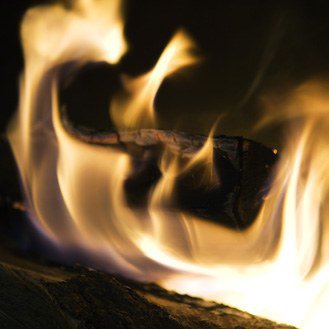The controversy According to tests conducted last year by the UFC-Que Choisir, ethanol fireplaces could lead to burns and fires . And above all, they would release carbon monoxide , an odorless and colorless gas, but highly toxic and causing headaches, nausea or vertigo. The Consumer Safety Commission (CSC) had therefore called for the cessation of their marketing.
Info or intox ?
The major risk of ethanol fireplaces is due to the manipulation of the fuel : a chimney that is recharged when it is still hot or - worse - in operation, and a reservoir that is filled up to make it overflow . As far as carbon monoxide is concerned, it should be noted that it is primarily a result of the poor combustion of the materials used , whether it be ethanol, wood or coal. As with a conventional stove or fireplace, you have to ventilate!
Today, what is risk?
Security side, nothing! Indeed, the manufacturers have evolved the products to meet the specifications of the brand new standard AFNOR NF D35-386 which took effect last August. The quality appliances are now equipped with a CO2 detector, programmed outbreak limitation (no more than 3 hours continuously), an anti-overflow system ... All this comes at a cost: a "serious" chimney it is € 2,000 minimum. Below, we are wary.
And ecological balance side?
If the ethanol fireplaces emit little greenhouse gas (for 2 l of ethanol and 4 h of flaming, the release of CO2 equals that of two candles), they can not be placed in the green box . The fault with ethanol. Although it can be obtained from cereals (wheat, maize) and beets, its production diverts agricultural land from food crops, consumes water and uses pesticides. Not very green all that.
Thanks to Marc Gésiot, Domo Déco, importer of Alfra, and Gaëlle Bouttier-Guerrive, responsible for sustainable living at WWF.


